In the vast, quiet stretches of the cosmos, where time unfolds across billions of years and light from ancient stars travels unimaginable distances, a remarkable discovery has emerged. NASA’s Hubble Space Telescope, humanity’s eye in the sky since 1990, has revealed a breathtaking image of the spiral galaxy NGC 6951—and in doing so, helped unravel a 90-million-year-old cosmic mystery.
A Galaxy That Dances Through Time
Located about 78 million light-years away in the northern constellation Cepheus, NGC 6951 is not just another pinwheel in the sky. At first glance, it may seem like a typical barred spiral galaxy—with sweeping arms, a glowing central bulge, and a tranquil symmetry. But beneath that elegance lies a turbulent past.
For decades, astronomers noticed something peculiar about this galaxy. Patterns of gas, dust, and newly formed stars suggested that NGC 6951 had experienced a disruptive event, one that had reshaped its structure and left behind signatures that puzzled scientists.
Was it a collision? A slow gravitational tug-of-war? Or the aftermath of internal galactic dynamics?
The answers remained elusive—until Hubble’s high-resolution imaging brought clarity.
The Clues Hidden in Starlight
Using Hubble’s Wide Field Camera 3, astronomers closely examined the core and spiral arms of NGC 6951. What they found were ripples of star formation, rings of ionized gas, and a feeding supermassive black hole at the galaxy’s center—traits commonly found in galaxies that have merged with smaller companions.
The telltale signs suggest that nearly 90 million years ago, a dwarf galaxy collided with NGC 6951, slipping into its gravitational grip and blending into its larger host. The impact of this merger sparked bursts of star formation, reorganized the galaxy’s structure, and funneled gas into the central region—essentially fueling the black hole like stoking a galactic furnace.
This wasn’t a violent smash, but more of a gravitationally elegant assimilation—a slow dance in which the smaller galaxy was torn apart and absorbed, becoming one with its spiral captor.
Why This Matters
Unraveling such ancient events helps scientists understand the long-term evolution of galaxies, including our own Milky Way. The Milky Way, too, has merged with smaller galaxies in the past, and is currently on a slow-motion collision course with the Andromeda Galaxy, expected to occur in about 4 billion years.
Discoveries like this underscore the dynamic, ever-changing nature of the universe. Galaxies grow not in isolation, but through interactions—some catastrophic, some gentle, all transformative.
Moreover, it highlights the continuing impact of the Hubble Space Telescope, which despite being more than three decades old, still delivers priceless cosmic insights and images that inspire awe and curiosity.
A Window Into the Past
NGC 6951 is more than just a beautiful image—it’s a cosmic time capsule. It holds the story of ancient collisions, rebirth through star formation, and the invisible forces that shape the universe.
In the coming years, with support from newer telescopes like the James Webb Space Telescope, astronomers hope to dive even deeper into such galactic histories. But for now, Hubble reminds us that even in the quiet of space, every galaxy has a story—and every story leaves behind a trace.




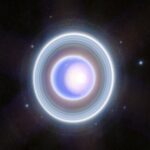
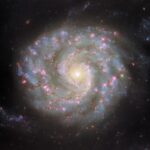


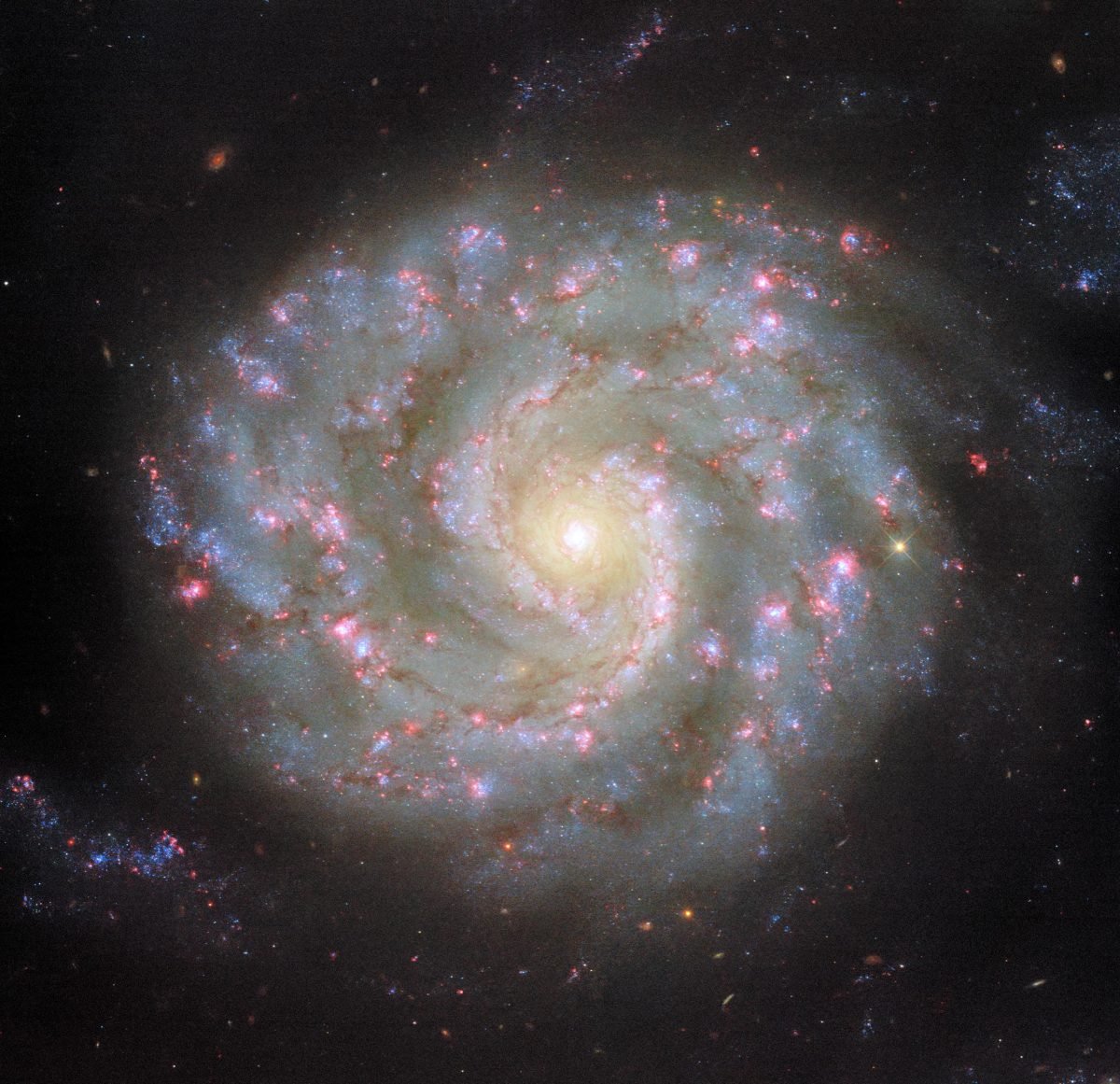
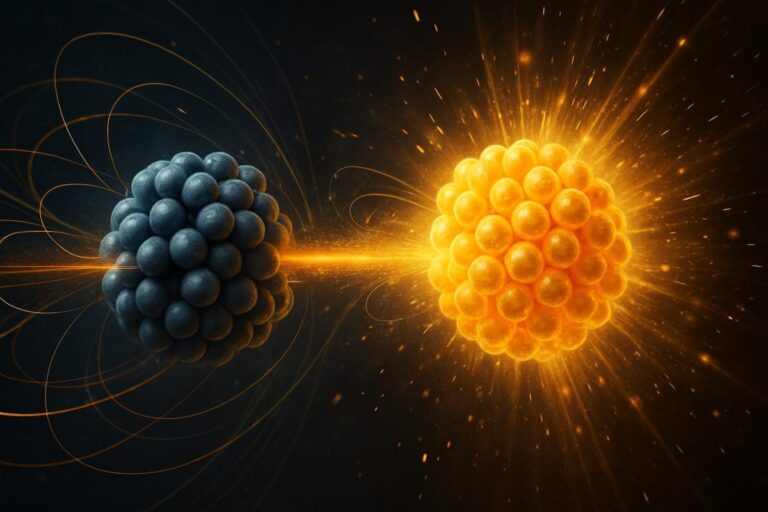
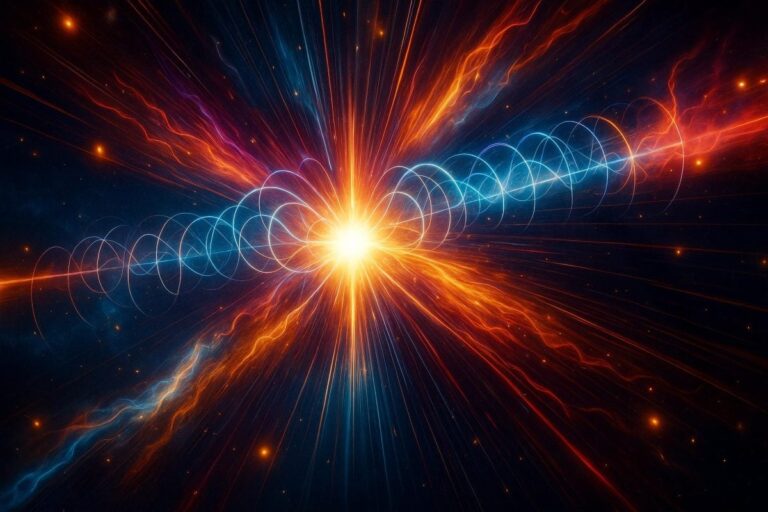
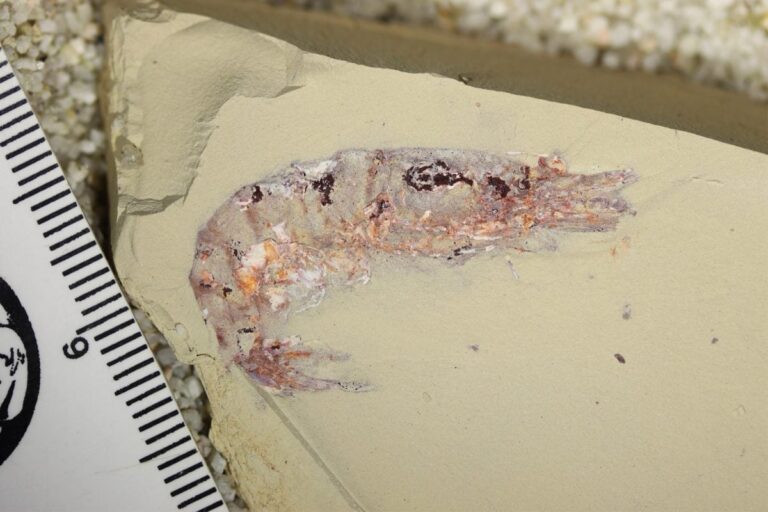

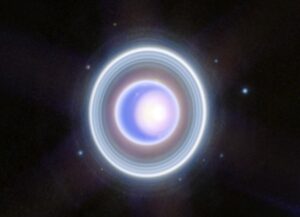
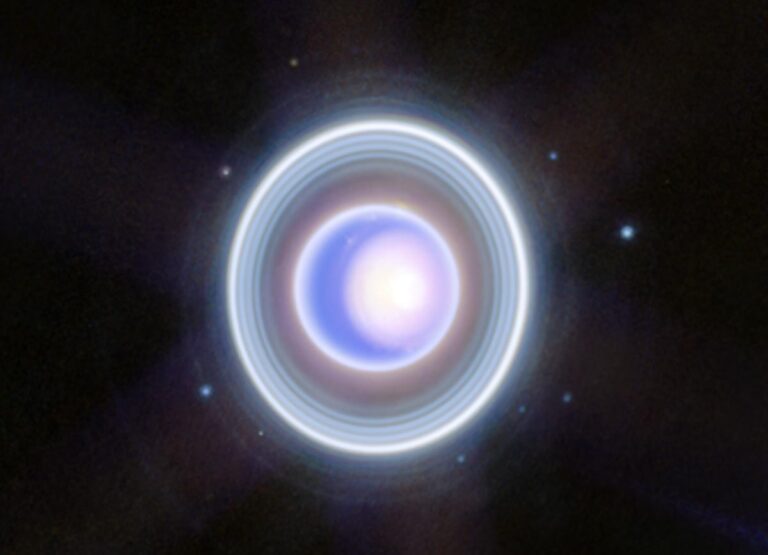

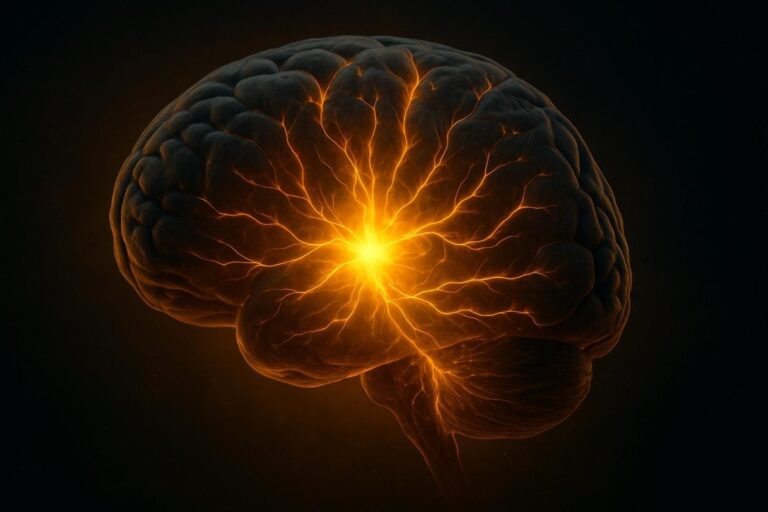
+ There are no comments
Add yours